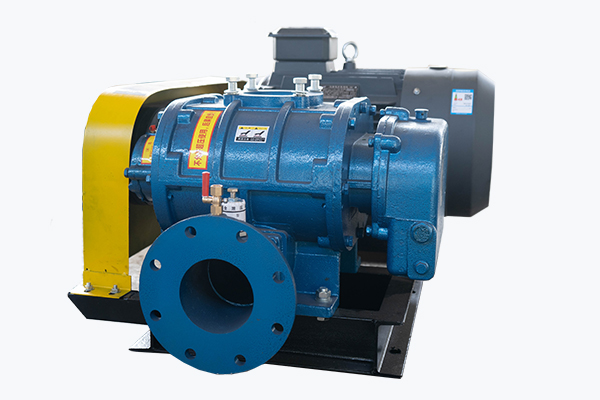Enhancing Aquatic Environments: Understanding the Primary Functions of Aquaculture Aeration Systems in Fish and Shrimp Ponds
2024-04-08
Aquaculture, the farming of aquatic organisms such as fish and shrimp, relies heavily on maintaining optimal environmental conditions within rearing ponds. One crucial aspect of this maintenance is aeration, which involves the addition of oxygen to the water. Aquaculture aeration systems play a vital role in ensuring adequate oxygen levels and promoting overall health and productivity in fish and shrimp ponds. In this blog, we'll delve into the primary functions of aquaculture aeration systems and their significance in aquatic farming.
1. Oxygenation of Water
The foremost function of aquaculture aeration systems is to oxygenate the water in fish and shrimp ponds. Oxygen is essential for the survival of aquatic organisms, as it is required for respiration, metabolism, and other physiological processes. Aeration systems deliver oxygen into the water column, replenishing dissolved oxygen levels and preventing oxygen depletion, particularly in densely stocked ponds or during periods of high water temperature.
2. Circulation and Mixing
Aeration systems also facilitate the circulation and mixing of water within the pond. By generating water movement and turbulence, aerators help distribute oxygen-rich surface water throughout the pond and promote the exchange of gases at the water-air interface. This circulation prevents the formation of stagnant zones and stratification, where oxygen levels may become depleted at lower water depths.
3. Removal of Harmful Gases
In addition to oxygenation, aquaculture aeration systems aid in the removal of harmful gases, such as carbon dioxide (CO2) and ammonia (NH3), from the water. Excessive accumulation of these gases can lead to water quality issues and stress or mortality in aquatic organisms. Aeration promotes gas exchange, allowing CO2 to escape from the water and facilitating the conversion of toxic ammonia into less harmful forms.
4. Temperature Regulation
Aeration systems contribute to temperature regulation in fish and shrimp ponds by promoting heat exchange with the surrounding environment. Water movement and turbulence created by aerators help dissipate excess heat from the surface and distribute cooler water from deeper layers, helping to mitigate temperature fluctuations and maintain favorable thermal conditions for aquatic organisms.
5. Enhancement of Water Quality
Overall, aquaculture aeration systems play a crucial role in enhancing water quality in fish and shrimp ponds. By oxygenating the water, promoting circulation and mixing, removing harmful gases, and regulating temperature, aerators create an optimal aquatic environment conducive to the health, growth, and productivity of cultured species. Improved water quality leads to higher survival rates, faster growth rates, and better overall performance in aquaculture operations.
Conclusion
In conclusion, aquaculture aeration systems serve multiple functions essential for the success of fish and shrimp farming operations. By oxygenating the water, promoting circulation, removing harmful gases, regulating temperature, and enhancing water quality, aerators create an ideal environment for the growth and well-being of aquatic organisms. As the demand for seafood continues to rise, the importance of efficient and effective aeration systems in aquaculture cannot be overstated. By understanding the primary functions of these systems, aquaculturists can optimize their operations and contribute to sustainable seafood production for the future.



